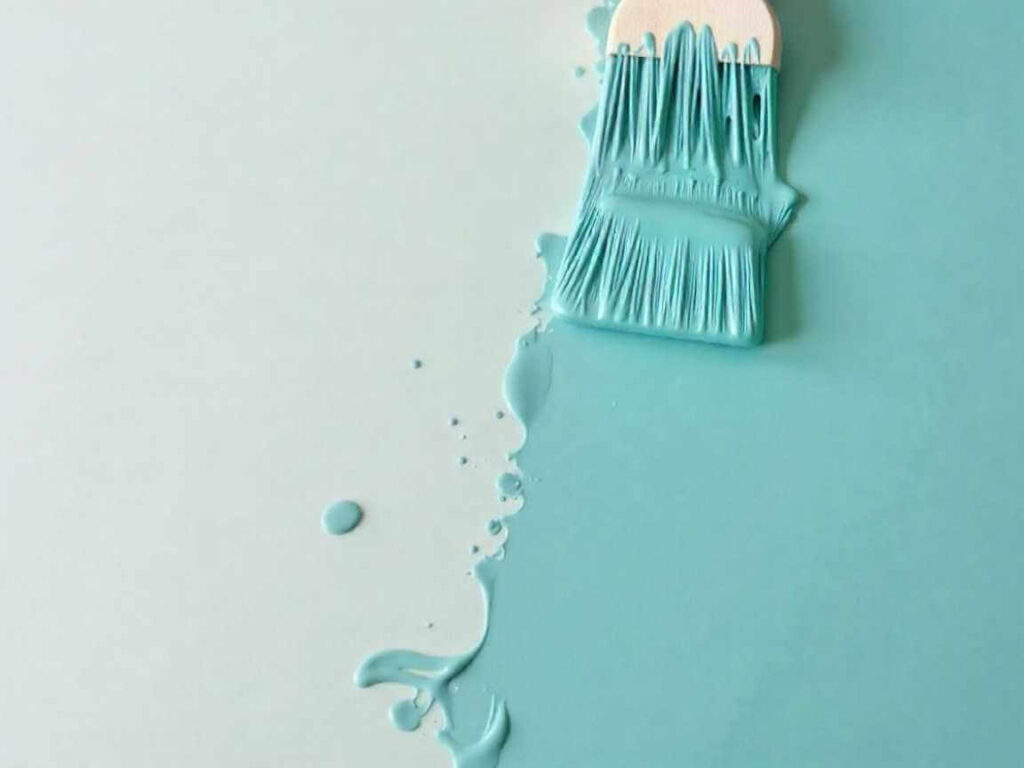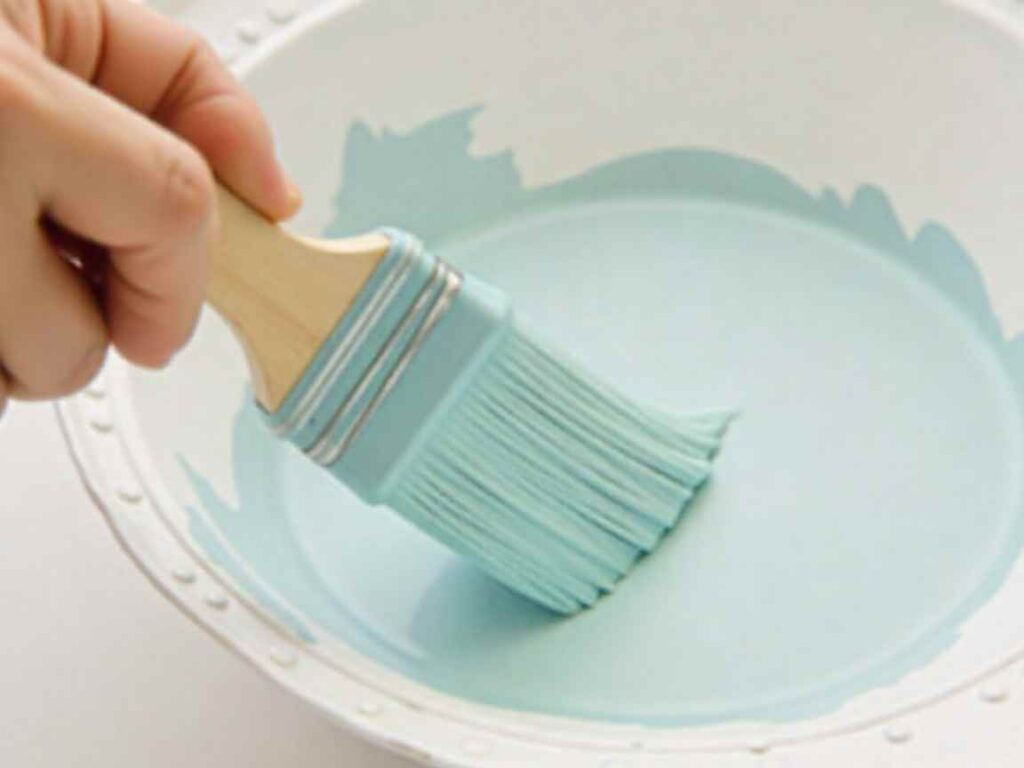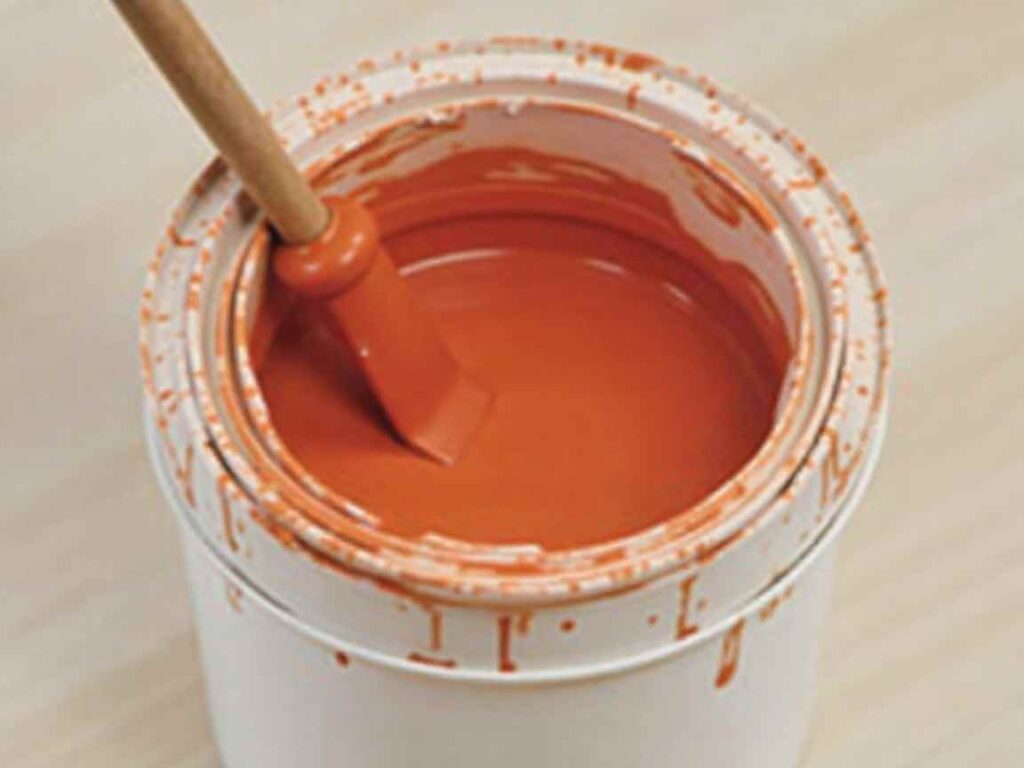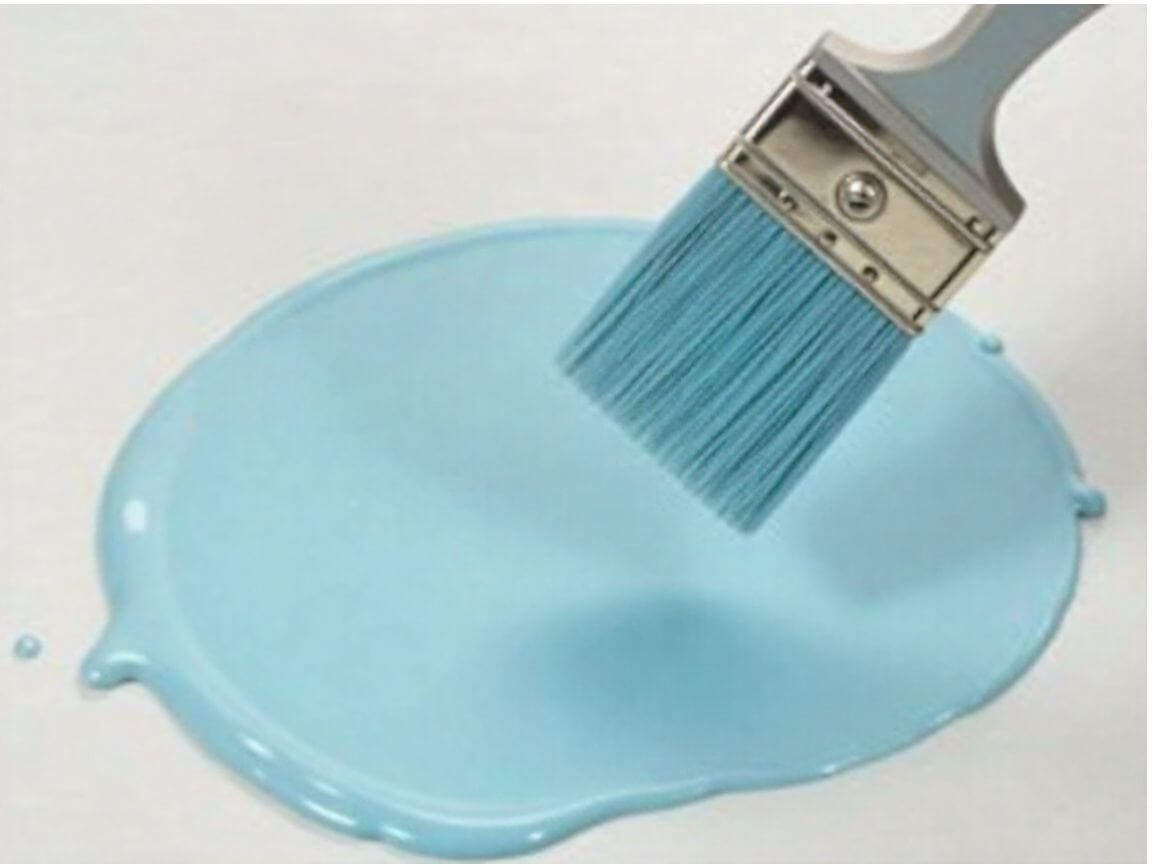Latex paint is a favorite for home projects because it’s easy to use, goes on smoothly, and is water-based. Freshly mixed latex paint is usually ready for brushes or rollers. Over time, though, it can get thicker as water evaporates, or you might need to thin it for certain tools like sprayers. Thinning latex paint the right way helps it go on smoothly, cover better, and look more professional. This guide will show you how to thin latex paint for sprayers, brushes, or rollers.
Why Does Paint Need Thinning?
Latex paint thickens for a variety of reasons. When paint is stored for long periods, it may lose moisture due to evaporation, which results in a thicker, more difficult-to-apply texture. This is especially true for paints that have been opened and exposed to air. In some cases, latex paint needs to be thinned before use in a sprayer, as sprayers require a thinner consistency for proper atomization and smooth application. Thinning the paint also helps avoid clogging the sprayer and ensures even coverage.
How Long Does Paint Last? 6 Expiration S (How to Thin Latex Paint for Airless Paint Sprayer, n.d.)igns

Before you thin your paint, make sure it’s still usable. Paint can go bad, especially if it hasn’t been stored well. Look for these six signs that your latex paint might be expired:
- Foul Smell: If the paint smells rancid or sour, it’s no longer usable.
- Clumps or Lumps: Paint that’s separated and has solid chunks may have gone bad.
- Separation: If the paint separates into liquid and solid layers, it may not perform as expected, even after stirring.
- Color Changes: Significant color shifts or fading might indicate degradation.
- Inconsistent Texture: If the paint doesn’t mix well or is too thick or thin, it could be past its prime.
- Dry Skin or Hard Film: A dried film on the surface or a thick crust around the edges suggests the paint is no longer usable.
Safety Considerations When Thinning Latex Paint
Water-based latex paints are usually safer than oil-based ones, but you still need to be careful when thinning and using them. Latex paint has chemicals that can bother your skin, eyes, or lungs, especially if you use additives or thinners. Always work in a well-ventilated space and wear gloves, goggles, and a mask to protect yourself.
Using Water to Thin Latex Paint

Since latex paint is water-based, you should only thin it with water. Don’t use things like mineral spirits or paint thinner, because they can ruin the paint. Water is what keeps the paint smooth and mixed. Add water slowly and stir well to get the right consistency.
Tip: Avoid using rubbing alcohol to thin latex paint. While rubbing alcohol is effective for removing dried paint, it can cause the paint to dry too fast or even become thicker as it evaporates, which is counterproductive.
How to Check if Paint Needs Thinning
Before thinning, check how thick your paint is. Open the can and stir it with a wooden stick for a few minutes. Sometimes paint settles at the bottom, but that doesn’t always mean it needs thinning. If it’s still too thick after stirring, try these ways to test it:
- Viscosity Cup: A viscosity cup is a specialized tool that helps measure the thickness of the paint. Fill it with paint and time how long it takes to drain through the hole at the bottom. If it takes too long, the paint likely needs thinning.
- Kitchen Funnel Test: Alternatively, you can use a clean funnel. Pour some paint through the funnel; if the paint clogs the opening or takes too long to flow, it needs thinning.
- Paint Stick Test: Stir the paint with a paint stick, and observe how it drips. If the paint doesn’t drip easily or takes a long time to fall off, it’s too thick and requires thinning.
Tools and Materials Needed for Thinning Latex Paint
Equipment / Tools:
- Cordless drill
- Metal spiral power mixer
- Wood paint stirring stick
- Latex or nitrile gloves
- Fluid measuring cup
- Viscosity cup (optional)
- Fine mesh cone strainer (optional)
Materials:
- Latex paint
- Room-temperature water
Step-by-Step Guide for Thinning Latex Paint

1. Acclimate the Paint
Before beginning, let the paint warm up to room temperature, between 50 and 90 degrees Fahrenheit (10-32°C), before you start. Cold paint flows slowly and might seem like it needs thinning when it doesn’t. Paint at room temperature is easier to work with and helps you decide if thinning is needed. If your paint has been sIf your paint has been sitting for a while, make sure to mix it well. You can use a power mixer with a drill or just a wooden stick. Stir for a few minutes so everything at the bottom gets mixed in. Check with the stick—if it drags, keep mixing until the paint is smooth.
After mixing, look for any big clumps or bits in the paint that could mess up your finish. Use a fine mesh strainer to remove any leftover pieces before you thin the paint. Start with 4 ounces of clean, room-temperature water for every gallon of paint. This amount can be adjusted as needed. Always use a fluid measuring cup for accurate measurements. Some paint manufacturers recommend not adding more than 8 ounces of water per gallon, especially when using a sprayer.
5. Mix the Water into the Paint
Slowly pour the water into the paint while stirring gently with a wooden stick. Take your time and mix well to avoid air bubbles. After mixing, check how thick the paint is with a viscosity cup or a kitchen funnel.
6. Test the Paint on a Similar Surface
After mixing, try the paint on a surface like the one you’ll be painting. If it’s still too thick or too thin, add a little more water at a time until it feels right.
When to Use a Paint Sprayer vs. a Roller
Airless paint sprayers work faster than rollers, so they’re great for big areas like walls or ceilings. But sprayers need the paint to be thinned to the right thickness for a smooth spray. If you haven’t used a sprayer before, practice a few times to get the hang of it and get a smooth finish.
Tips for Thinning Latex Paint
- Never use petroleum-based products to thin latex paint.
- To avoid brush or roller marks, consider using a paint additive like Floetrol, which improves flow and leveling, instead of water.
- Thinning latex paint may lighten its color, so additional coats may be necessary for optimal coverage.
- Ensure the paint can (FLOOD® FLOETROL® Latex-Based Paint Additive, n.d.) is properly sealed to prevent evaporation, which can cause thickening. A plastic pour-and-store lid (What Do You Use To Thin Latex Paint – Paint Explained, n.d.) helps keep the paint fresh.
Frequently Asked Questions
What should you use to thin latex paint?
Only water should be used to thin latex paint. If you wish to reduce brush marks, you can use a paint additive like Floetrol instead of water.
What happens if you thin latex paint too much?
Thinning latex paint excessively can affect its coverage, adhesion, and drying time. Always add water gradually and test the paint before applying it to your project.
How much water should you add to latex paint for a sprayer?
Start with 1/2 cup of water per gallon of latex paint for spray applications. Consult your sprayer’s manual for specific viscosity recommendations.
What latex paint additive reduces brush marks?
Floetrol is a paint additive designed to improve flow and reduce brush marks when using a roller or brush. Add 8 ounces of Floetrol for every gallon of latex paint.
If you follow these steps and tips, you’ll be able to thin latex paint and get a smooth, professional-looking finish, whether you use a sprayer, brush, or roller.











